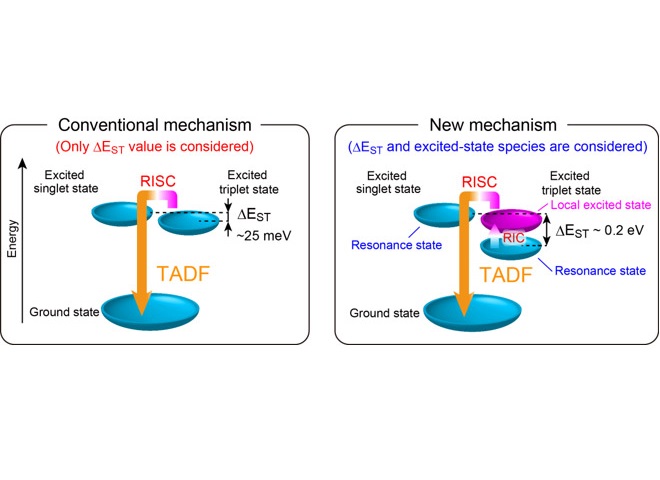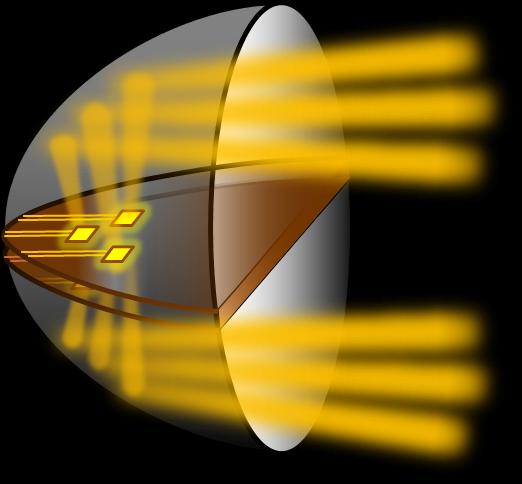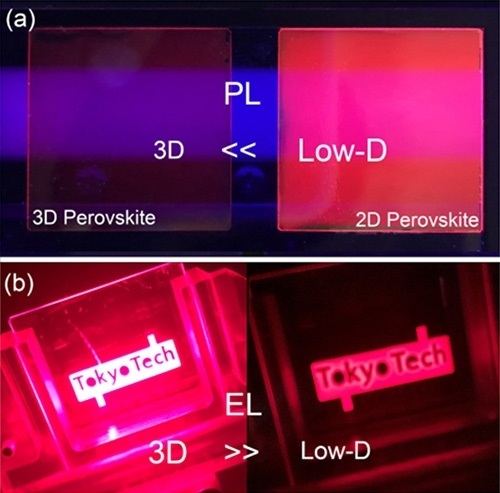03/09/2018
Using an advanced spectroscopic technique developed by AIST, the researchers have elucidated the emission mechanism of the materials for next-generation organic light-emitting diodes developed by Kyushu University.
Using the advanced spectroscopic technique developed by AIST, the researchers have investigated the emission processes of eight types of metal-free (TADF) materials for organic light-emitting diodes. The materials were designed and developed by Kyushu University. They have discovered for the first time that a group of molecules with high emission efficiency has a characteristic molecular structure and that an excited state that is important for the emission process is generated.
Background
Commercially available materials for organic light-emitting diodes emit phosphorescent light with high efficiency. Phosphorescent materials require expensive noble metals such as platinum and iridium and therefore have limitations in terms of cost and resource availability. Some of the new metal-free materials synthesized by Kyushu University have exhibited high emission efficiency (up to 100%) that cannot be explained by existing theories. Therefore, elucidation of their emission mechanism is desired.
Future Plan and Applicability
The spectroscopic technique used will be sophisticated further to observe the emission process in detail and thus to support the development of new materials for organic light-emitting diodes that have both high emission efficiency and durability.
http://www.aist.go.jp/aist_e/list/latest_research/2018/20180309/en20180309.html













